The Flavours of Forestry
18 juillet 2017 13:58 2 commentaires
A quality understanding of local plants is integral in any forestry program. My time at university has shown me a plethora of flora (say that ten times fast) from around BC, and my time at Weyerhaeuser in Alberta has helped to broaden my knowledge. The cutblocks I’ve been working on have become quite green in most areas, which has hampered my work somewhat; it can be quite difficult to find a tiny tree while wading through shoulder high grasses, stinging nettles, and cow parsnip. That being said, I find it entertaining to identify the plants I’ve come across, and even stop to snack on a few. As a result, I thought it might be fun to go through some of the common plants I’ve encountered, and how they can be used, or in some cases, avoided. So let’s have a look…
Lodgepole Pine (Pinus contorta)
Every forester in our region should be familiar with this skinny, tufty tree, but what many may not know is that it is also edible. That’s right, the inner bark of Alberta’s provincial tree has what is described as a “succulent” flavour when the sap is flowing (during the spring and early summer), and was commonly consumed by early Native Americans in its range. I had one professor even describe how it can be cooked in a frying pan and made into “bark bacon”. While I have never tried it myself, it’s something I have always been curious about.
A quick note: if you try this, be sure not to girdle the tree. Take vertical strips from top to bottom, and not strips around the circumference of the tree. If the bark is not taken properly, it could kill the tree, and that makes for unhappy foresters!
Prickly Rose (Rosa acicularis)
This plant produces the provincial flower of Alberta. What you may not know, however, is that the fruiting bodies on this plant are edible. Rose hips, the bright red berry-like structures found on the plant after the flower petals have fallen away, may not be the most delicious of woodland snacks, but are high in vitamin C, and can provide a hungry forester with a bit of a pick-me-up on difficult days. Just be sure you don’t confuse it with baldhip rose, which, while not poisonous, has been known to cause some, uh, bathroom distress… Luckily they are easy to tell apart, as baldhip rose lacks the leafy sepals at the fruit tip.
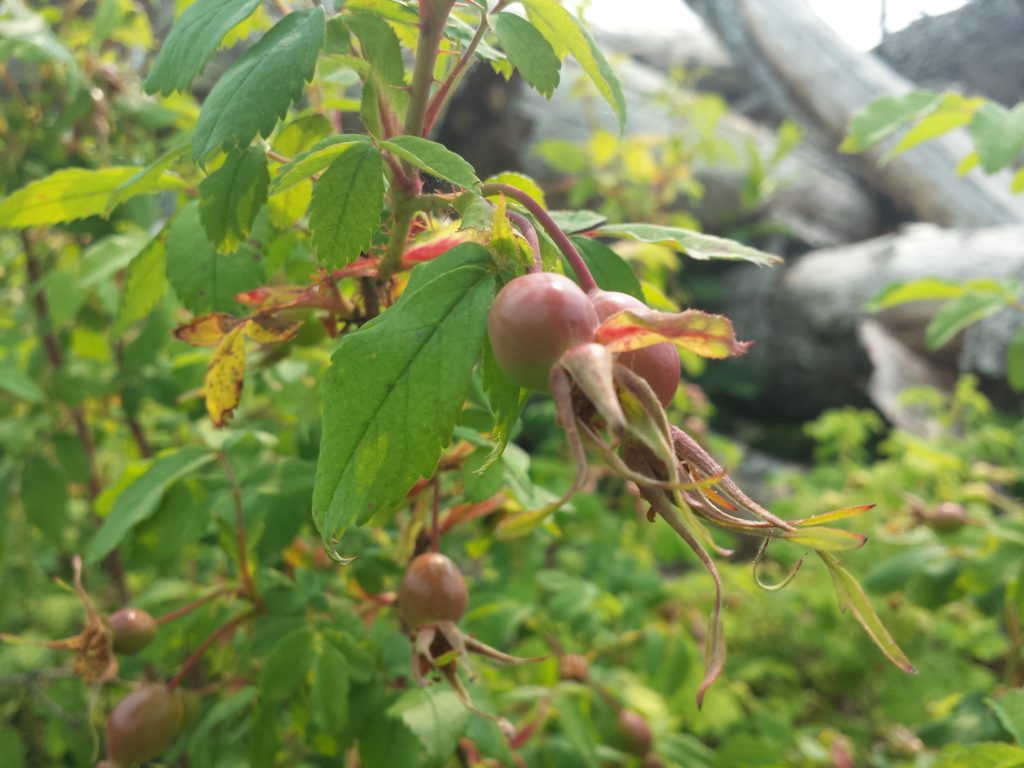
Unripened rosehips. These need another week or so before they are edible. Ripe ones will be bright red.
Common Plantain (Plantago major)
This is possibly one of my favourite plants, as it has helped me out in a variety of situations while out in the field. The plant can be used as a poultice, which aids in the relief of small cuts, bee stings, and mosquito bites. Simply chew it up and rub it onto the affected area. Placing a few leaves in your hiking boots could also help prevent and soothe blisters. While it may not be as effective as afterbite, I have found it useful in a pinch. If you have a day where you’re swarmed with mosquitoes, or get a bee sting, try looking for it around road sides, or any area with compact soil, as that is where they commonly grow.
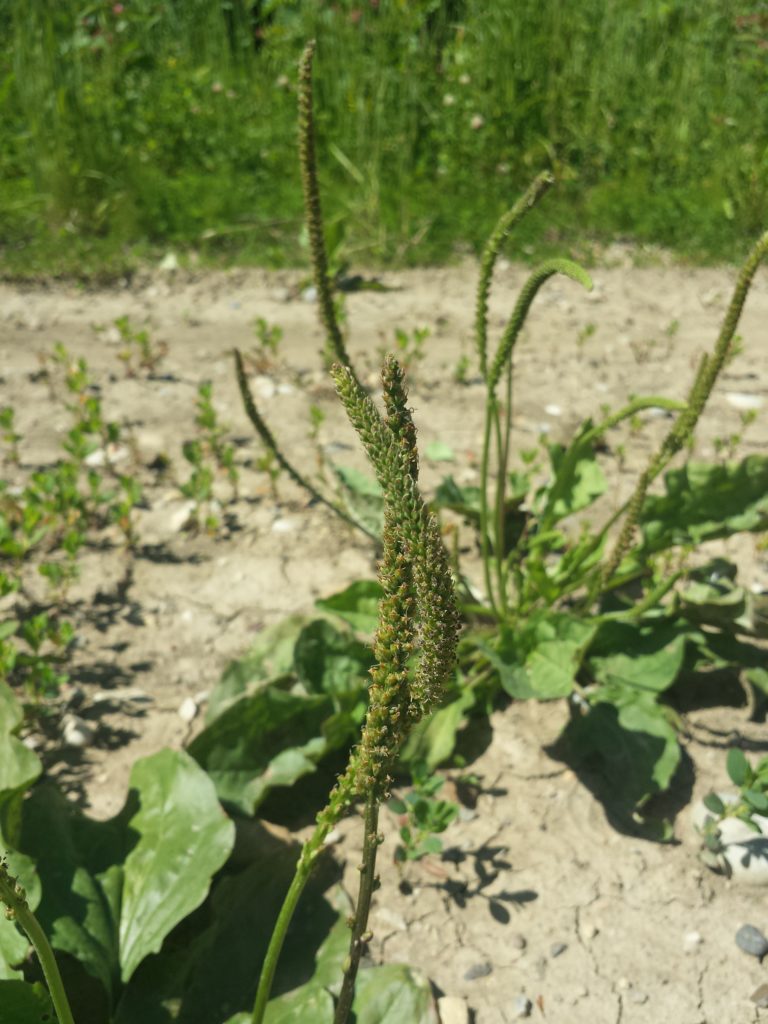
A good identifying feature of common plantain is the fruiting body. They usually stick up out of the center of a rosette of leaves.
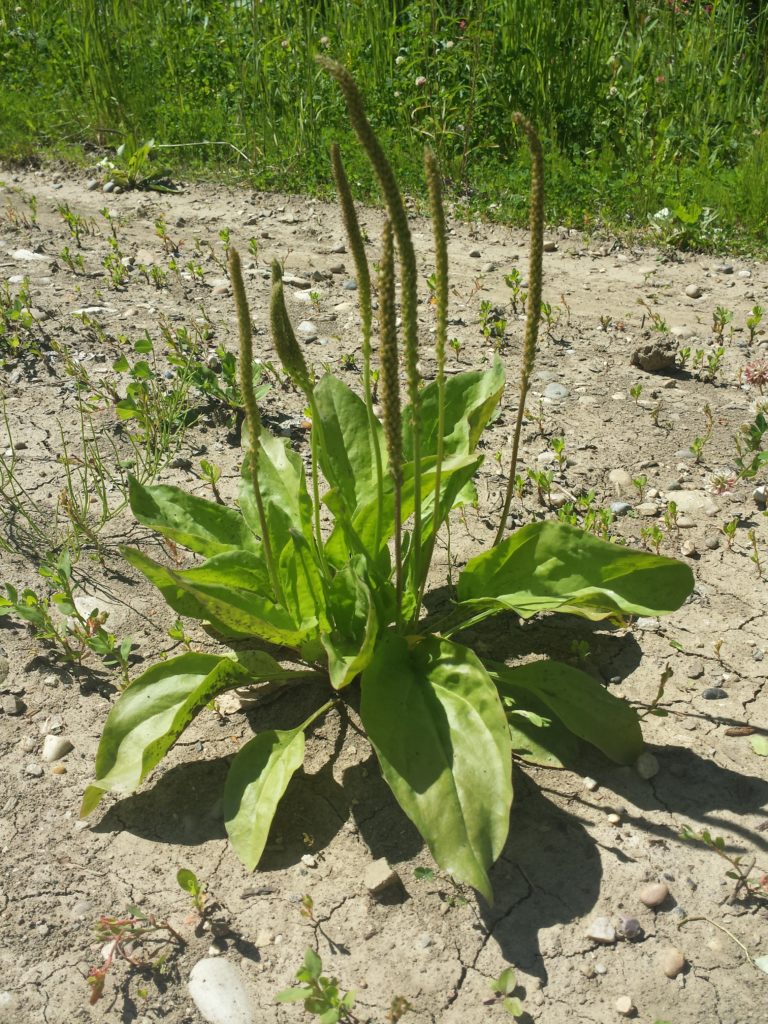
A very large common plantain. Most plants I see are less than 10 cm tall, but this one was a little over 30!
Stinging Nettles (Urtica dioica)
This is one to avoid for the most part. The stinging hairs on the leaves’ surfaces are filled with formic acid, and when they are brushed against, the hairs are broken, and can cause an unpleasant stinging sensation. One of my work mates made a bold claim that he was immune to the stinging effects, but after a few days working in thickets of the stuff, he began to falter in that belief…
While it may not be pleasant to touch, the leaves of young plants can actually be cooked and eaten, which can provide a source of vitamins A, C, and D, as well as iron, calcium and potassium. This might be useful if you’re ever lost in the woods, but while you’re cruising around a cutblock, it might be best to just avoid these painful plants…
Baneberry (Actaea rubra)
This is one of the most poisonous plants in North America. While it’s harmless to touch, eating two berries can lead to all kinds of painful expulsions, and more than that can cause cardiac arrest and death. It’s a good idea to avoid all berries that you are unfamiliar with, but knowing what plants are deadly can prove almost as valuable as which plants are edible. I’ve come across this one quite frequently while out on cutblocks, and am always a little worried someone may unwittingly eat one. Be sure to avoid it!
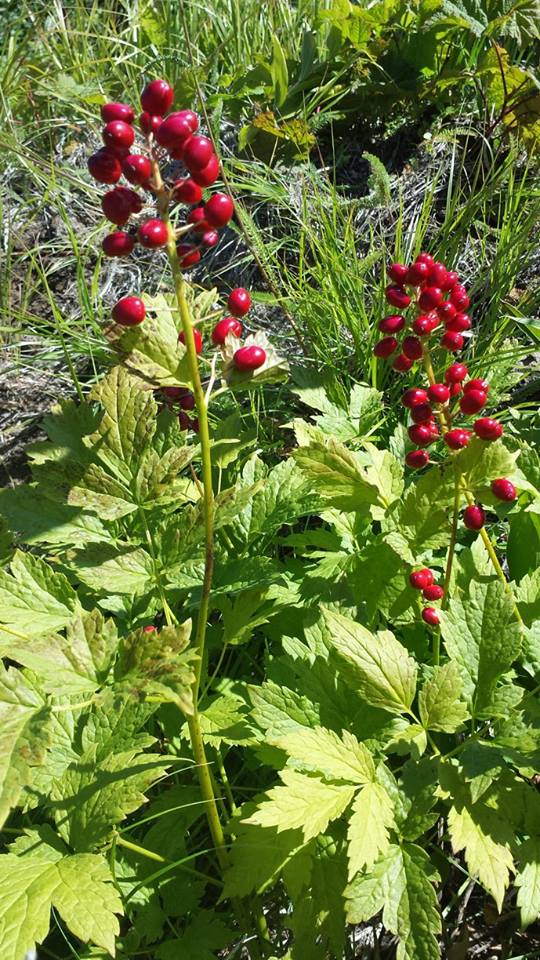
Baneberries. They have both red and white colouration. This is a photo I took of the ripened berries I encountered in BC last year.
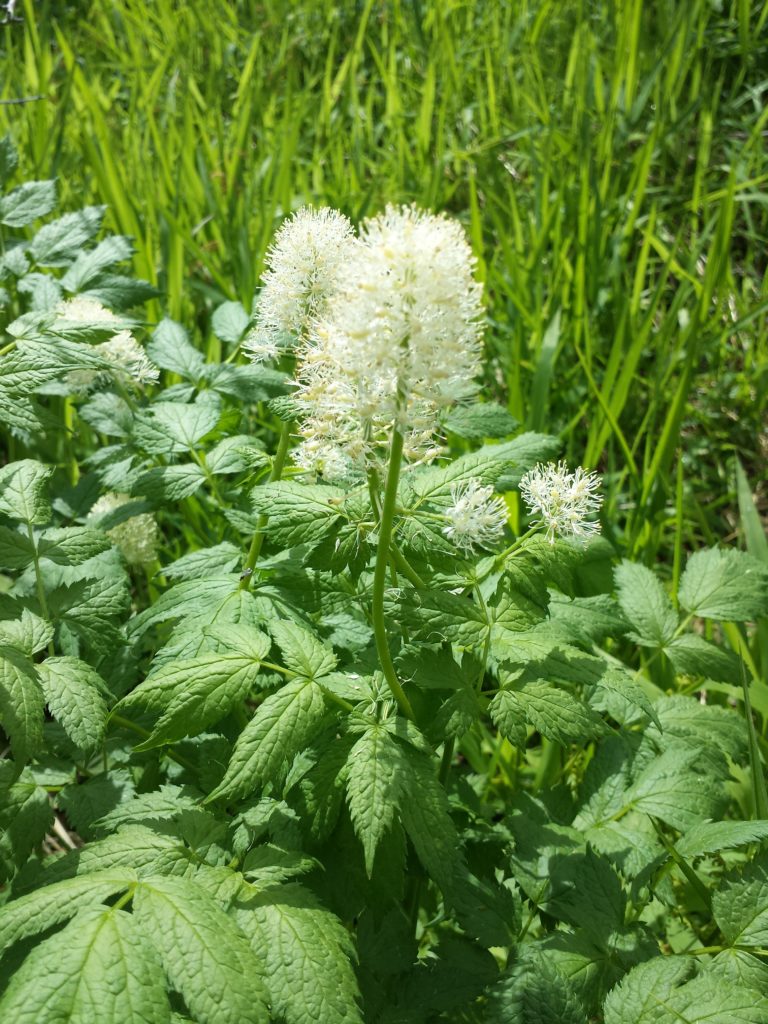
Baneberry in flower. Even though there are no berries present it is still very poisonous. Don’t eat any part of this plant!
Wild Berries
I’m just going to lump these all together, because I’m sure most of you are pretty familiar with the edible wild berries that grow in our area. Species I’ve come across include red raspberry (Rubus idaeus), trailing raspberry (Rubus pubescens), black huckleberry (Vaccinium membranaceum), and wild strawberry (Fragaria virginiana). All of these are edible and delicious! While they may be small for the most part, they are far tastier than their store-bought counterparts. I always end up in a good mood when trekking through a block full of free snacks (who wouldn’t), and will often stop to collect a few handfuls. Right now the only plentiful ripe berries I’m finding are the wild strawberry and trailing raspberry, though today I came across a small patch of black huckleberry! I’m excited for more to ripen so I can collect enough to make myself some pie!
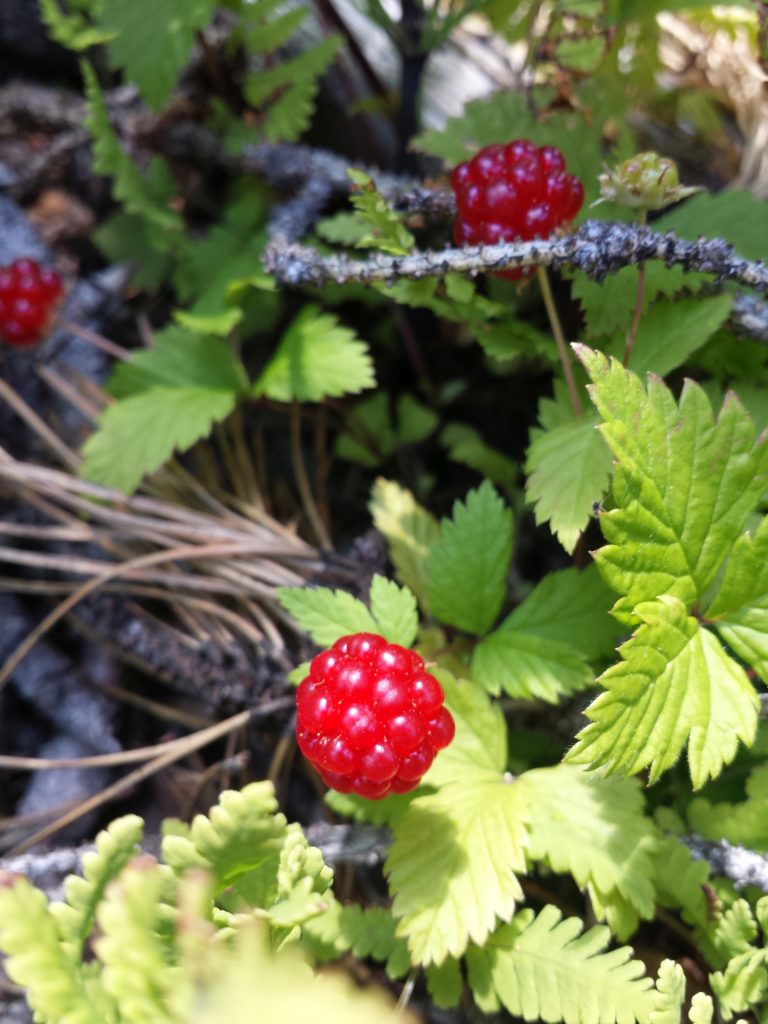
Trailing raspberry. It is a very small plant, rarely growing higher than 10 cm. When eating these berries, remember that the core doesn’t easily separate from the drupelets, and needs to be spit out.
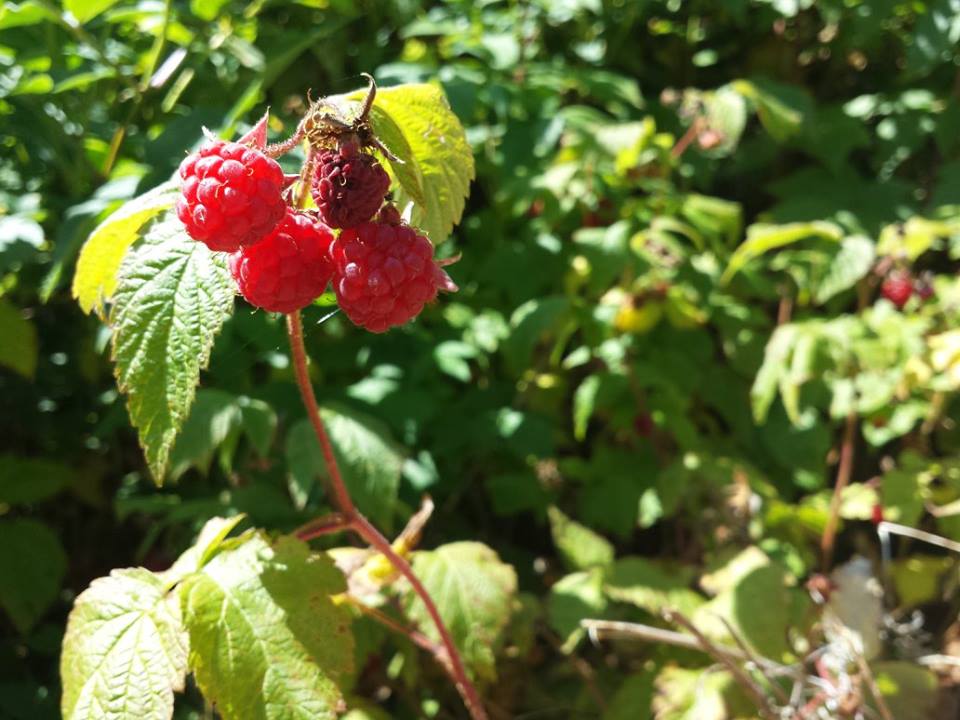
Red raspberry. This plant grows much taller than trailing raspberry. The berries are also much nicer to eat because the drupelets easily separate from the core.
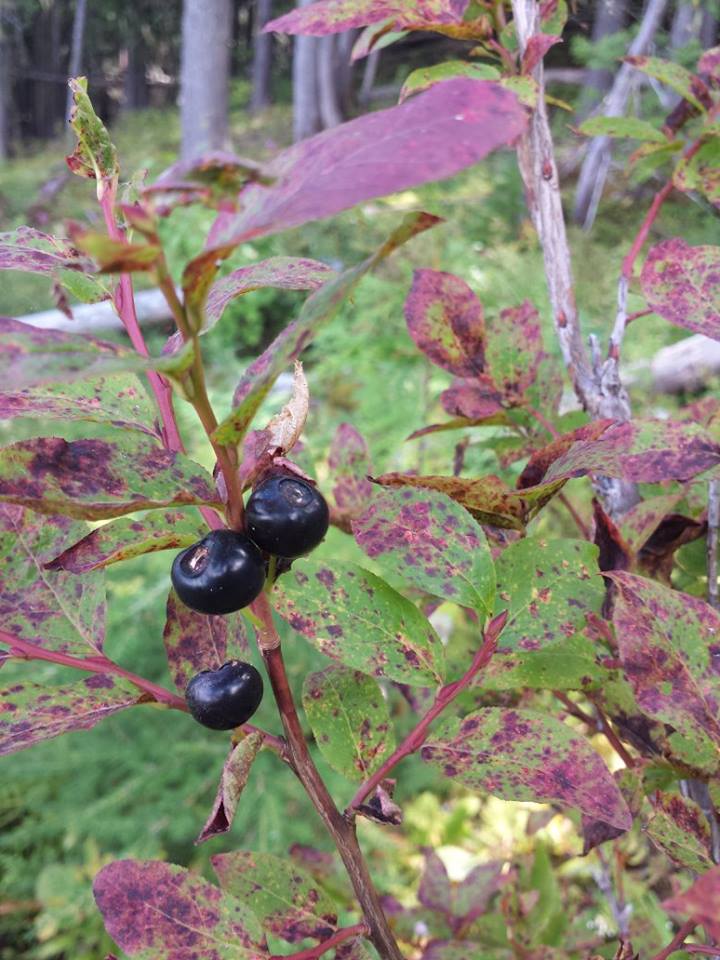
Black huckleberries that I came across while working in BC last year. There haven’t been many ripe ones here yet, but they’re coming!
Developing a skill in botany can be very rewarding for anyone who enjoys the outdoors. I’ve walked old hiking trails from my childhood, and my botanical knowledge offers up a new insight into the nature I’ve experienced all my life. Of course, there are plenty more interesting edible and medicinal herbs, shrubs, and trees in our area, but learning about these can take years. I gathered the majority of my knowledge on these plants from reading “Plants of Southern Interior British Columbia and the Inland Northwest” by Parish, Coupe and Lloyd. If you are interested in learning more, I’d definitely suggest giving it a read! Be safe, and remember: don’t ever eat a plant you can’t identify!
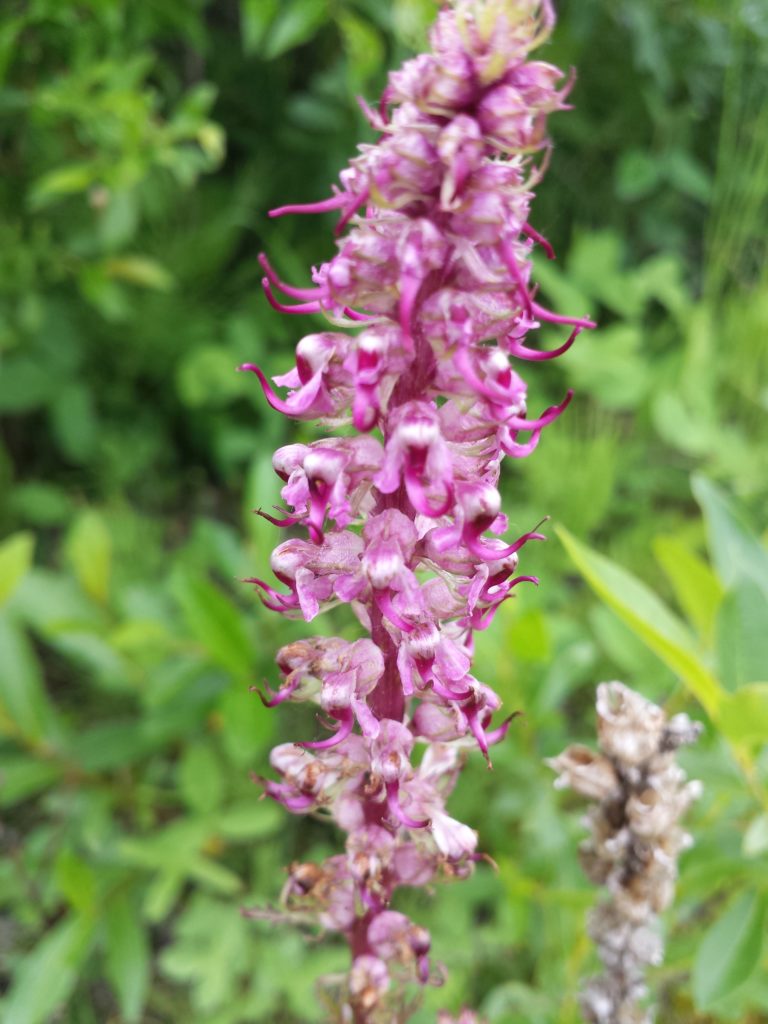
Elephant’s head lousewort (Pedicularis groenlandica). Note how the flowers look like tiny elephant heads.

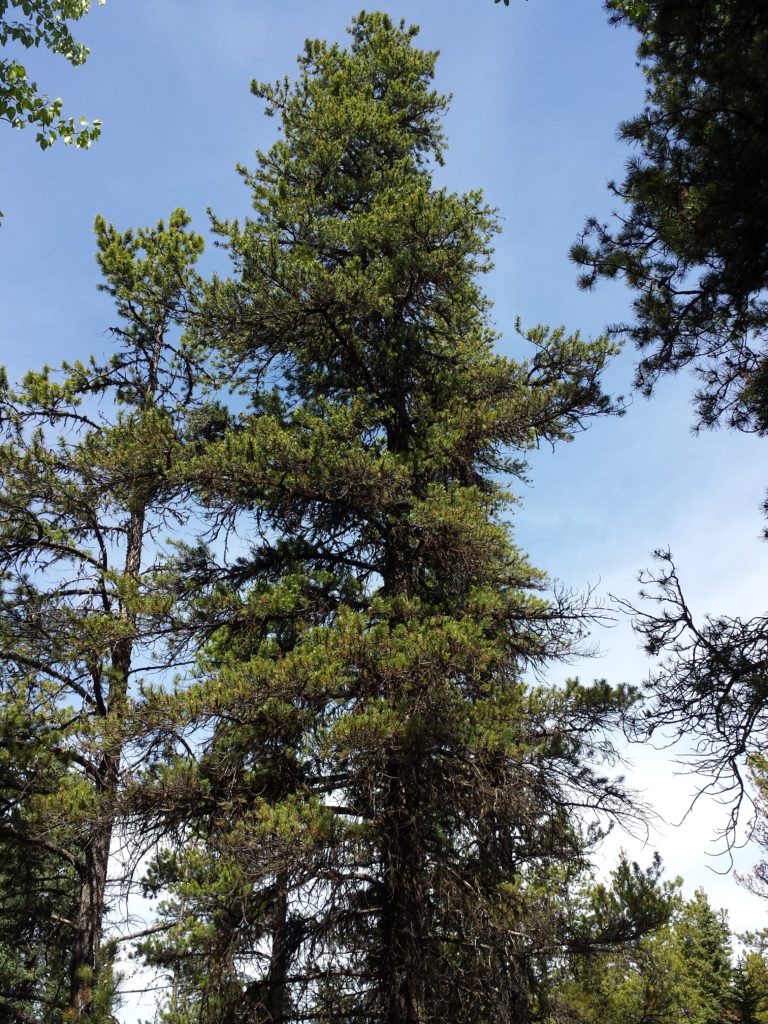
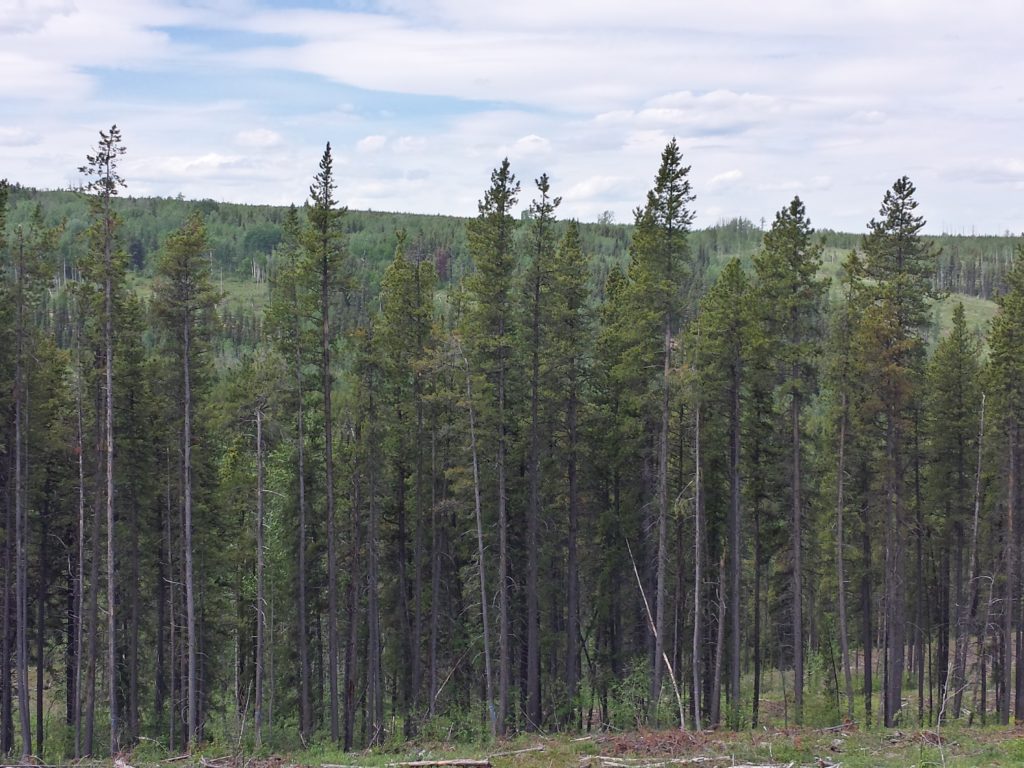
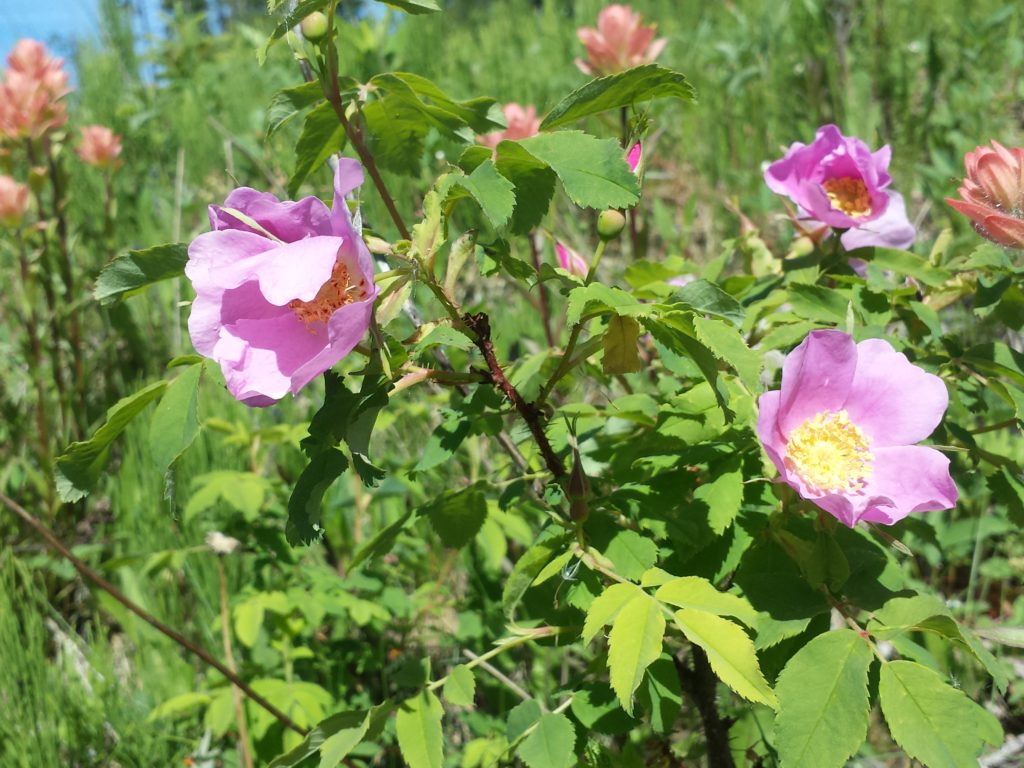
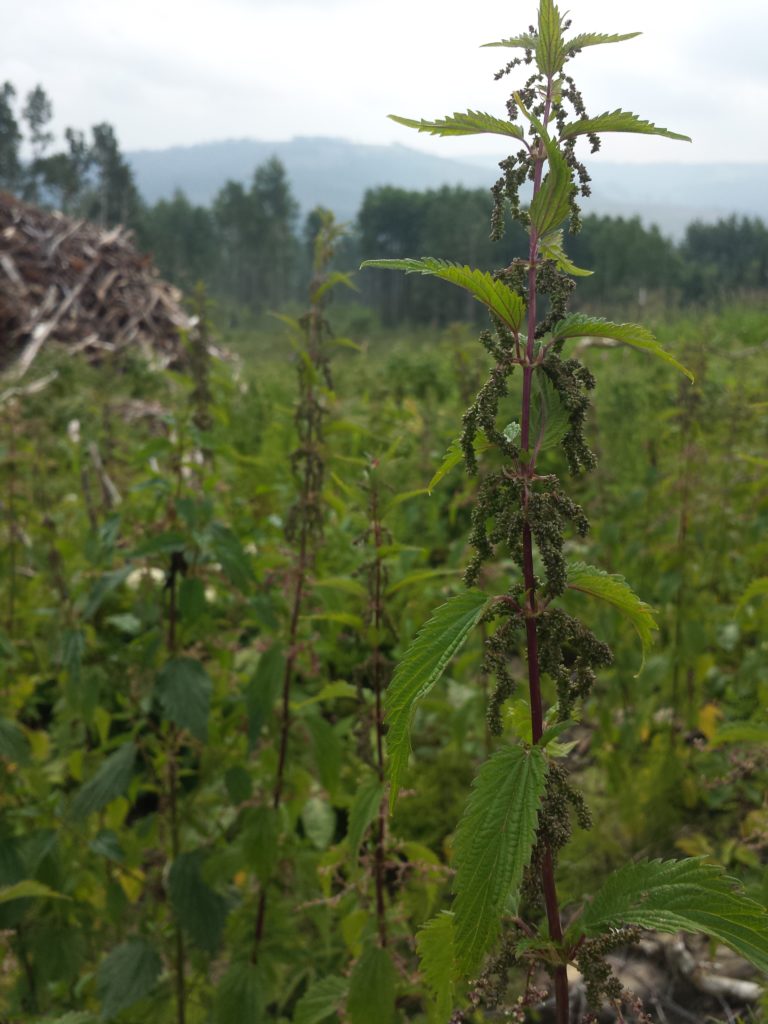
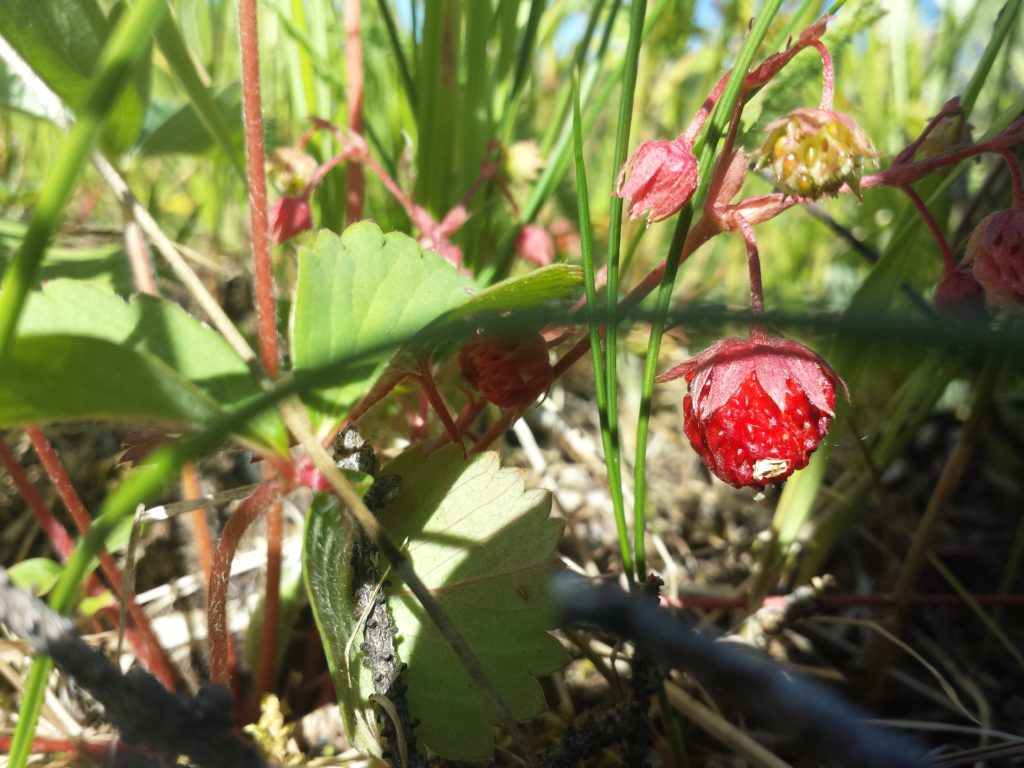
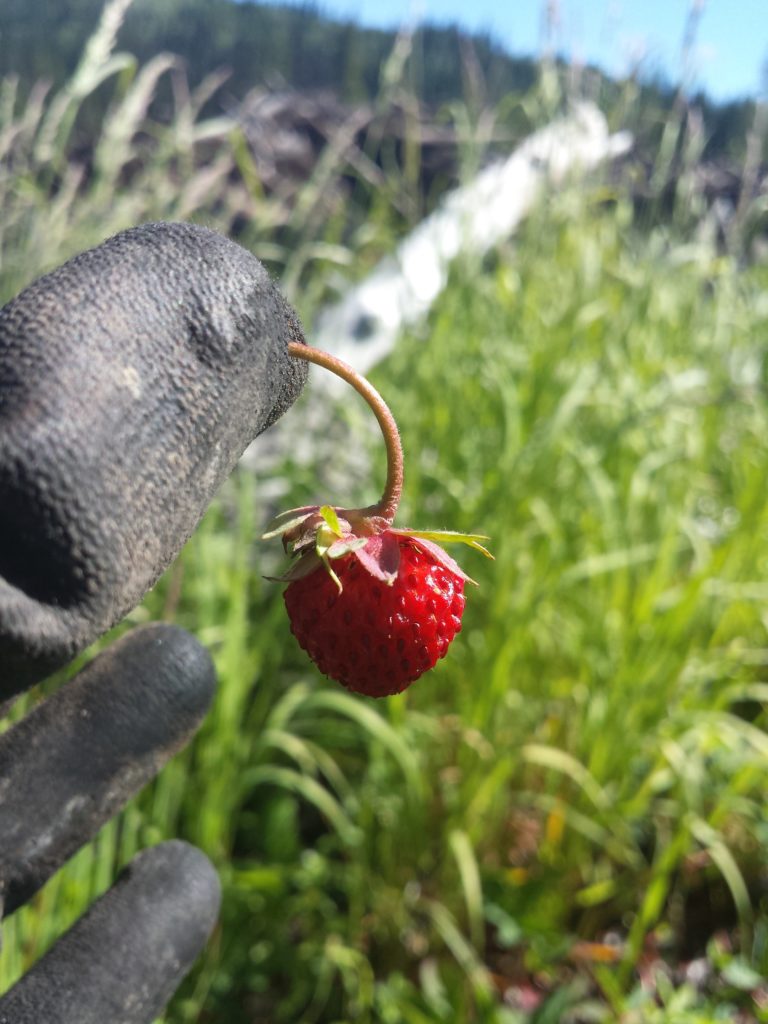
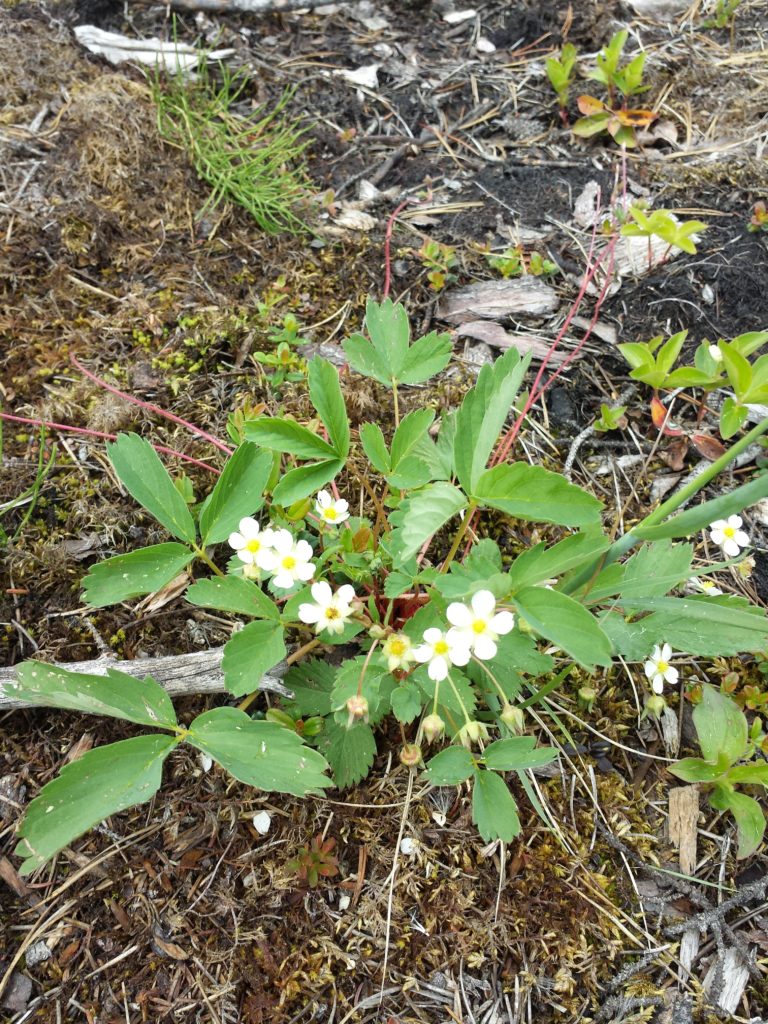
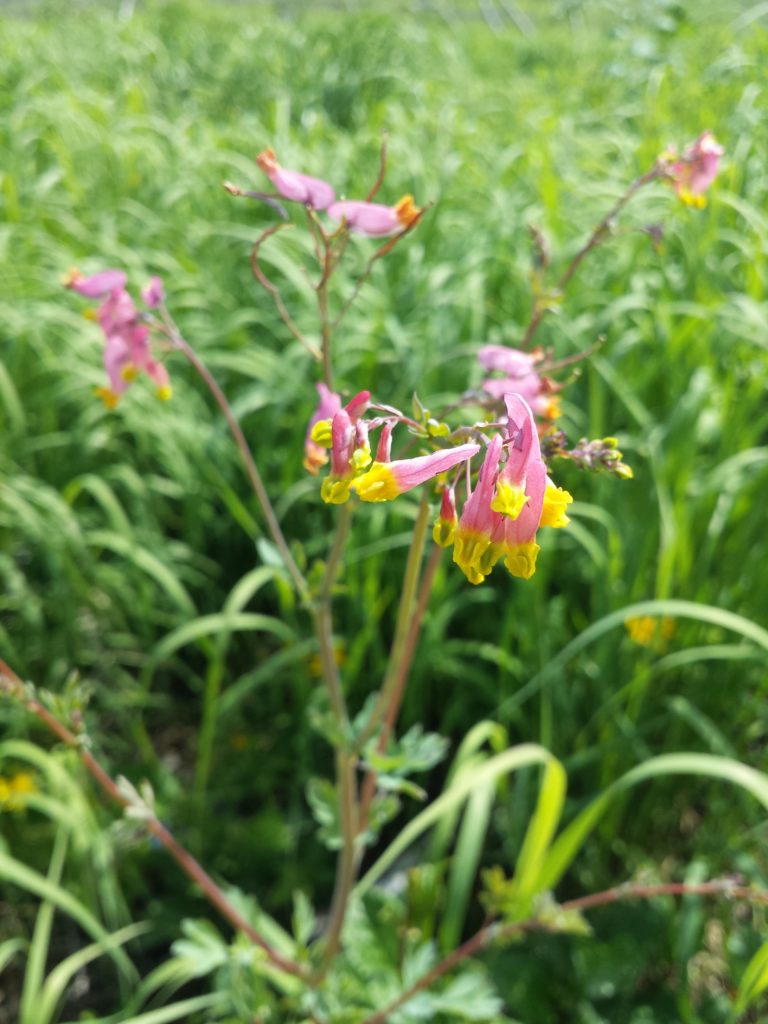
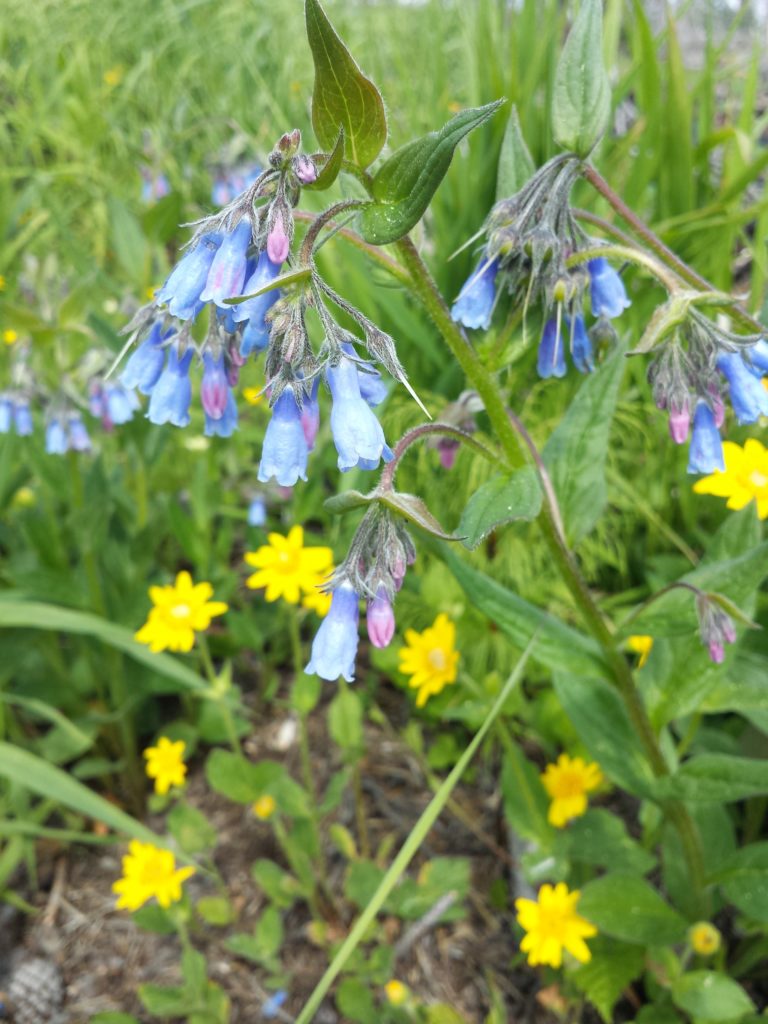
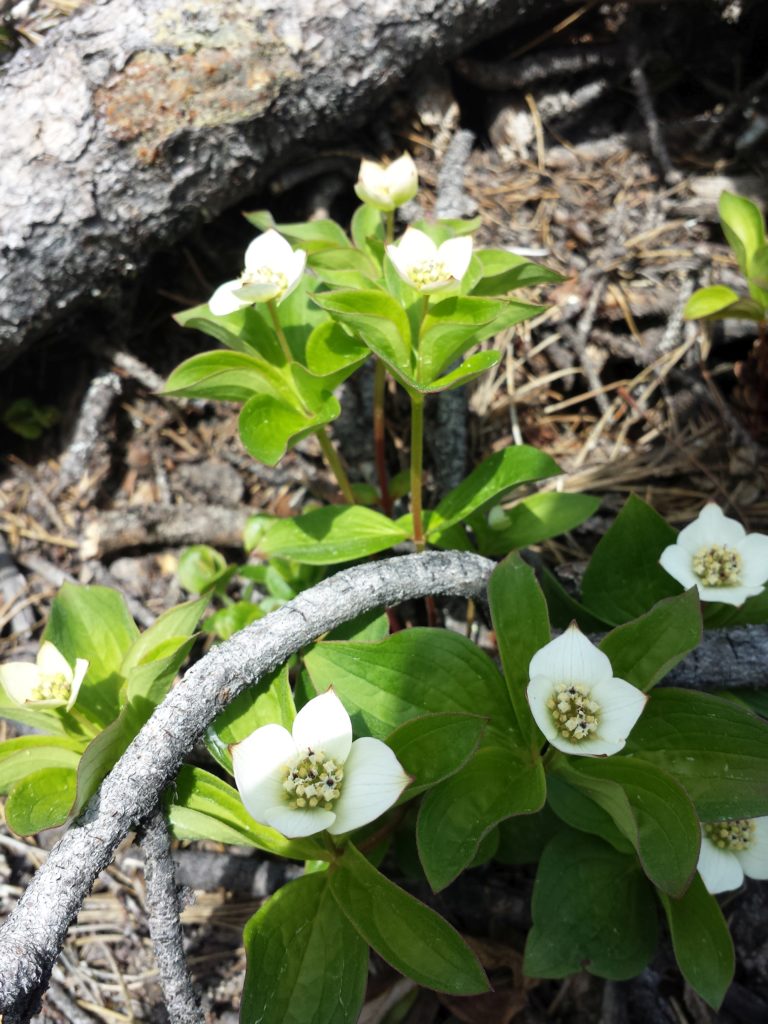
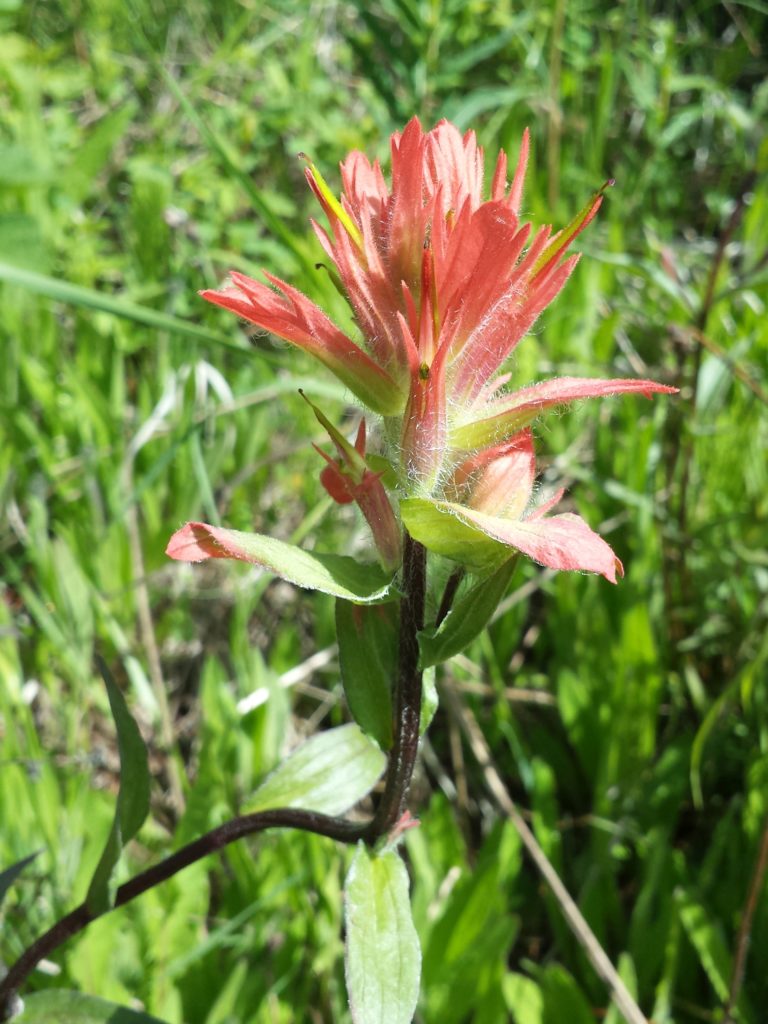
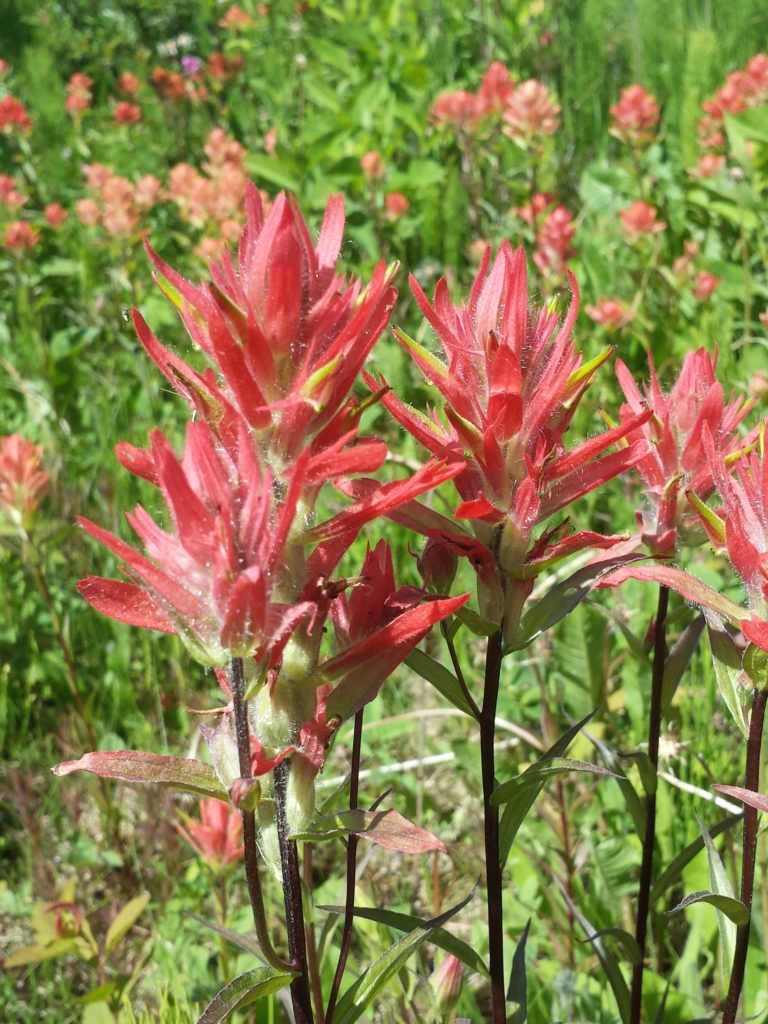
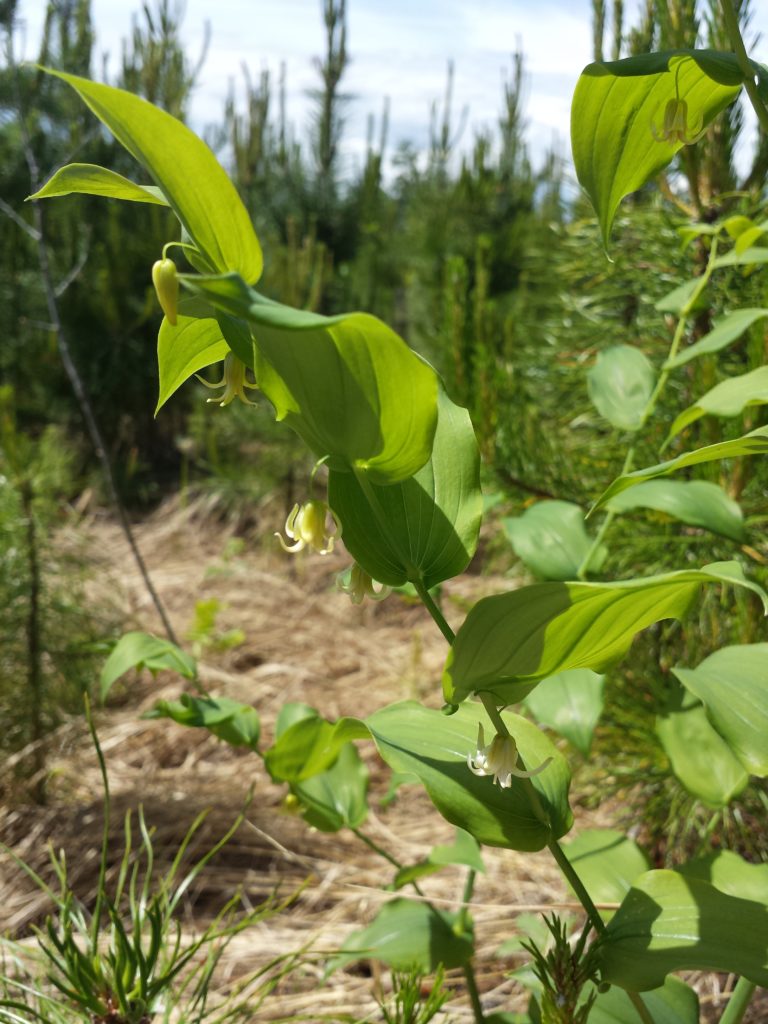
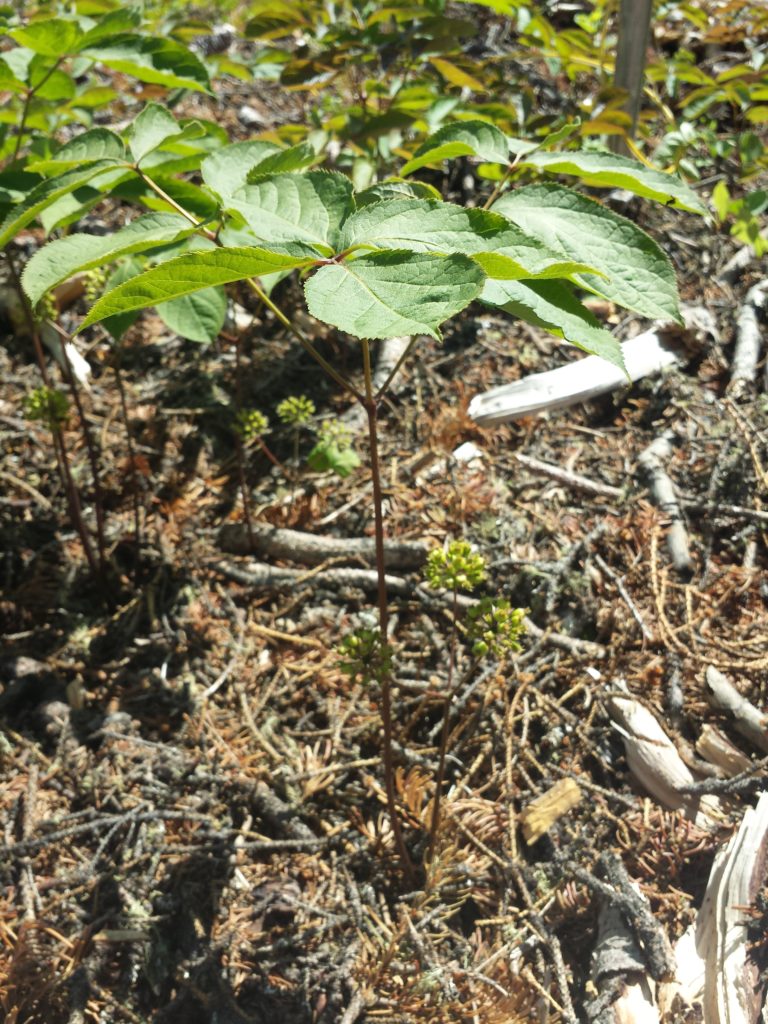
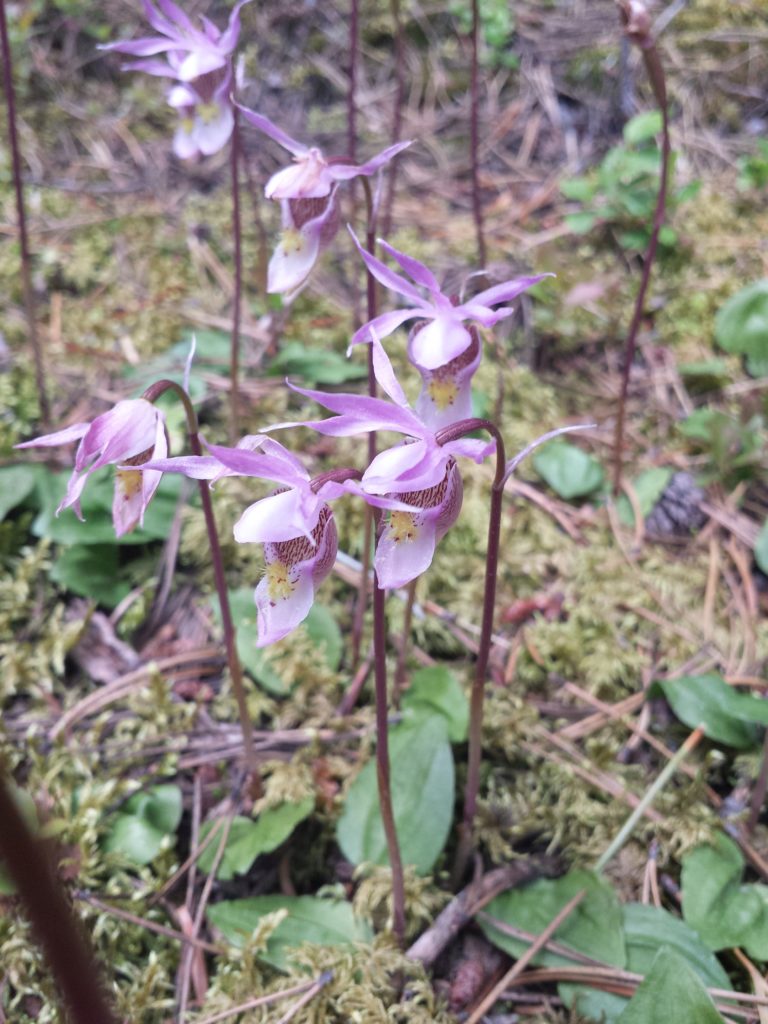
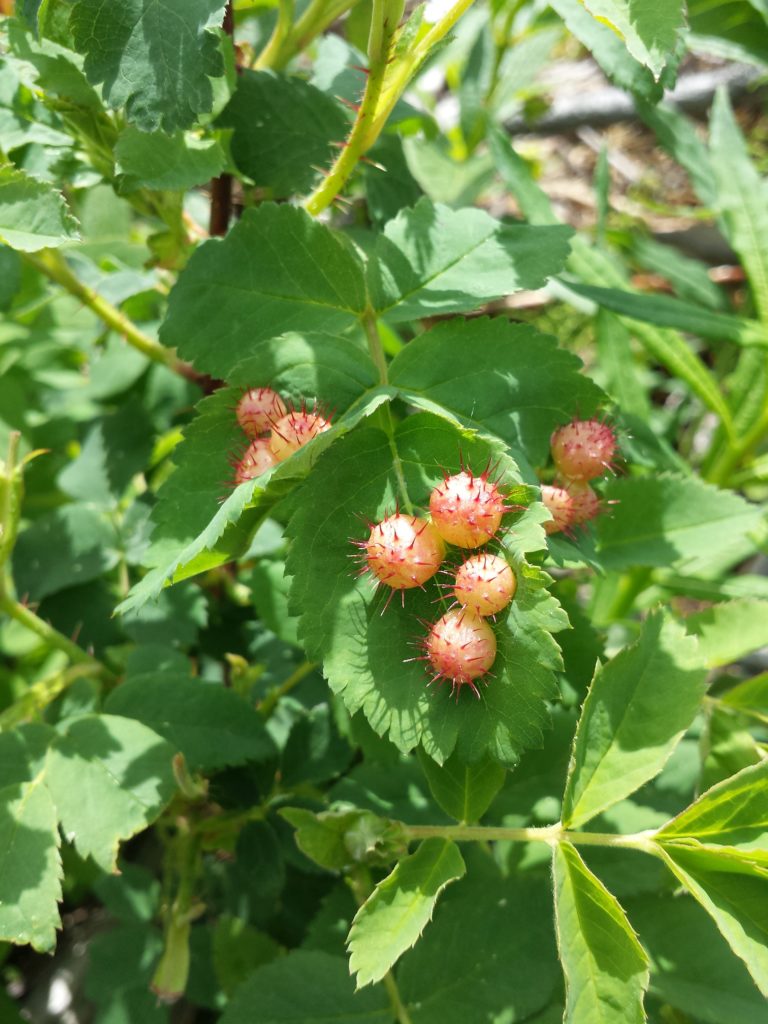
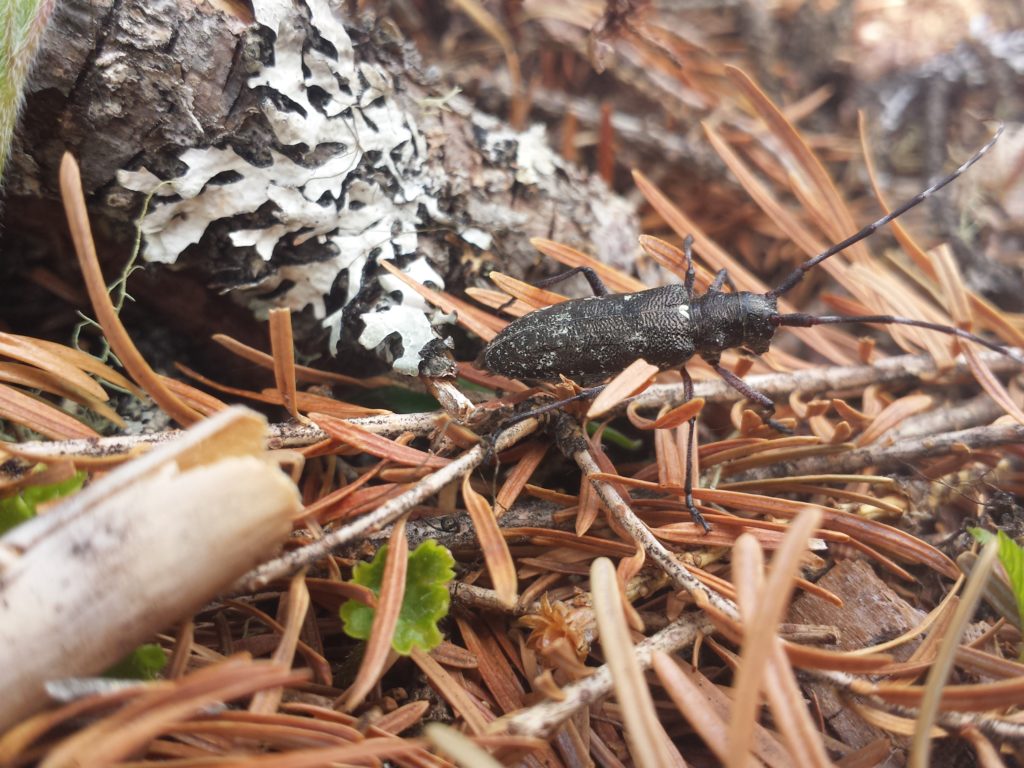
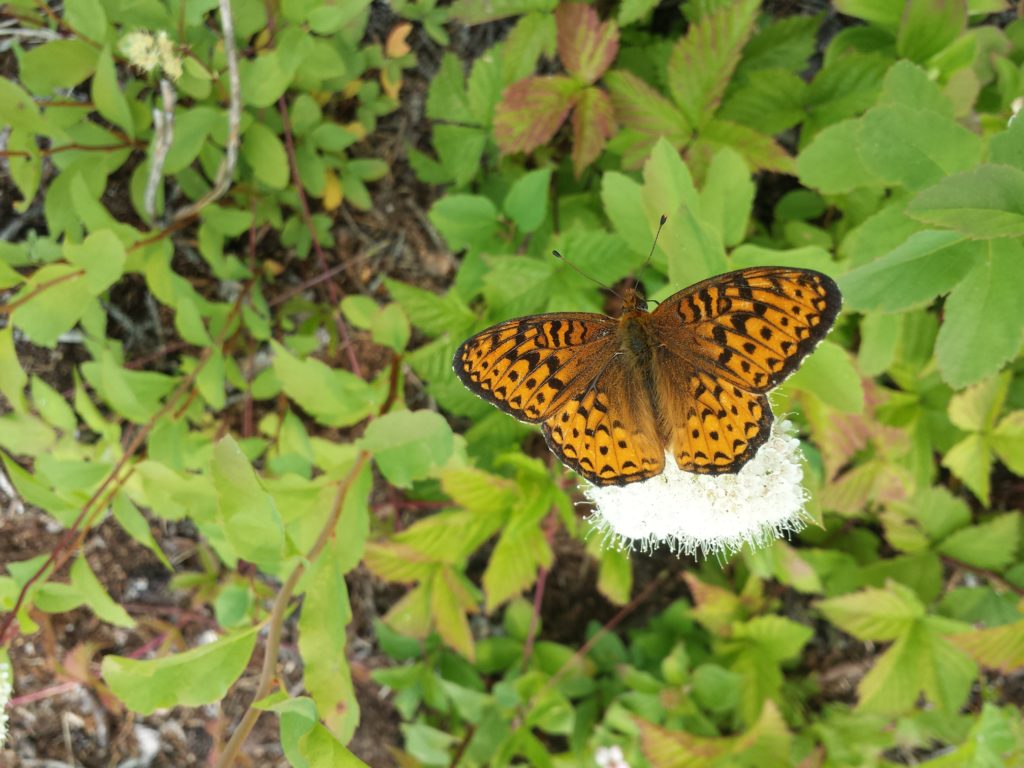

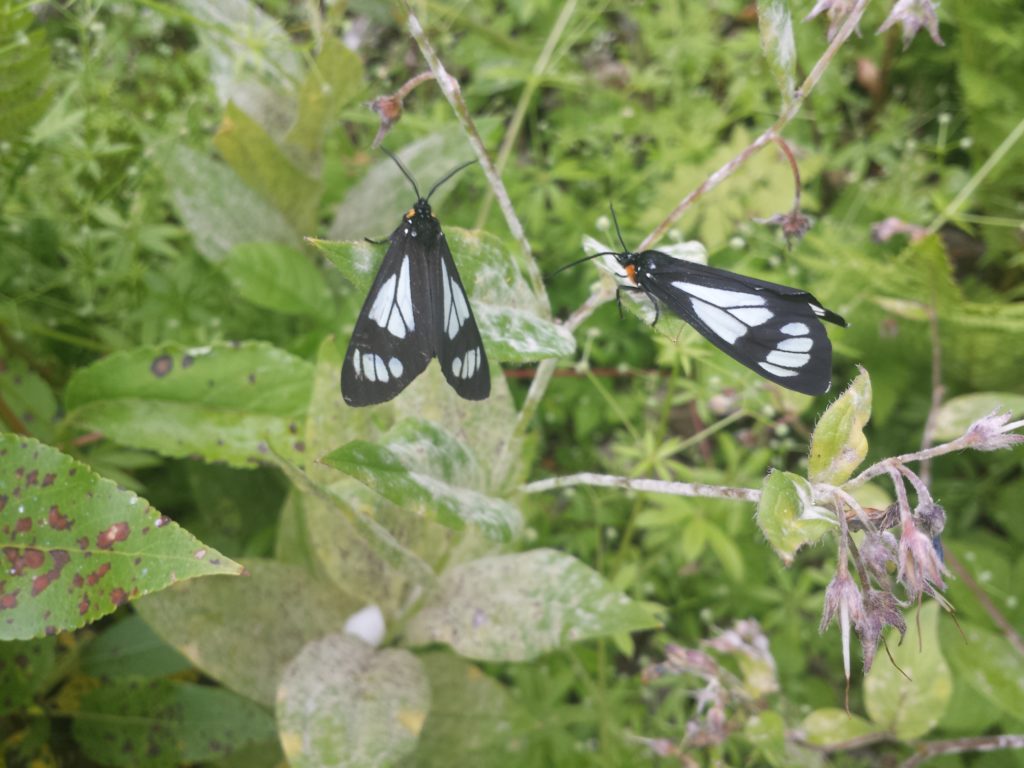
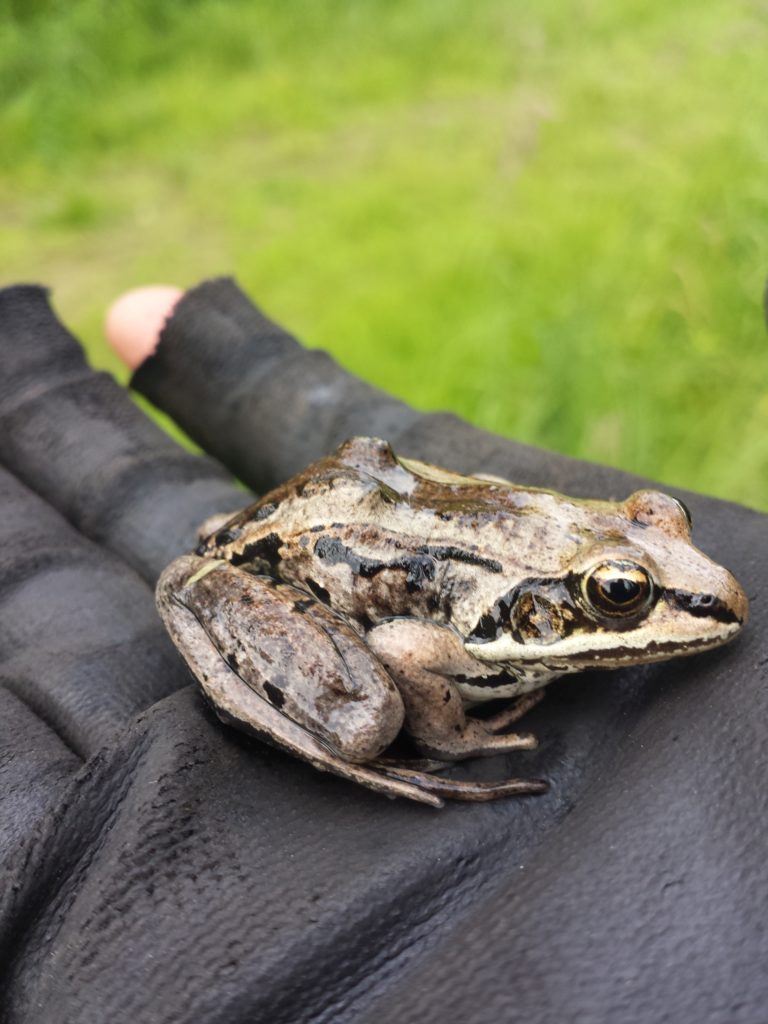
2 commentaires
great pictures. It makes the plants very easy to identify. Thank you
This was a great read and a clever idea, Adam! Also, good for you for keeping up on your species ID!